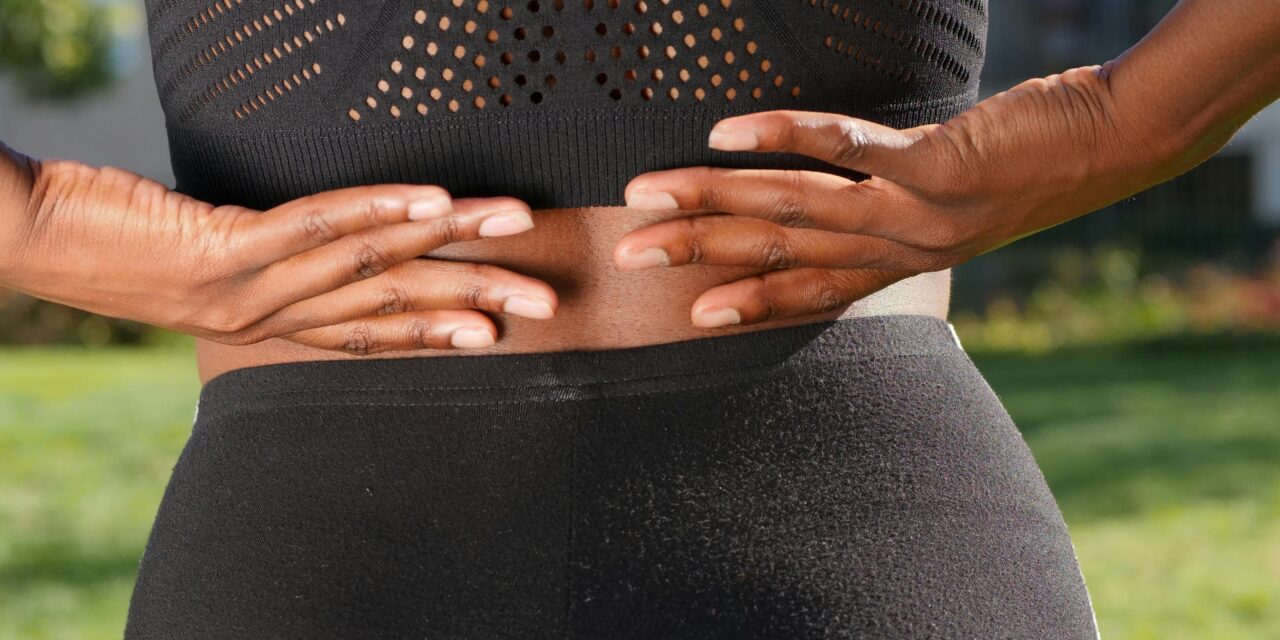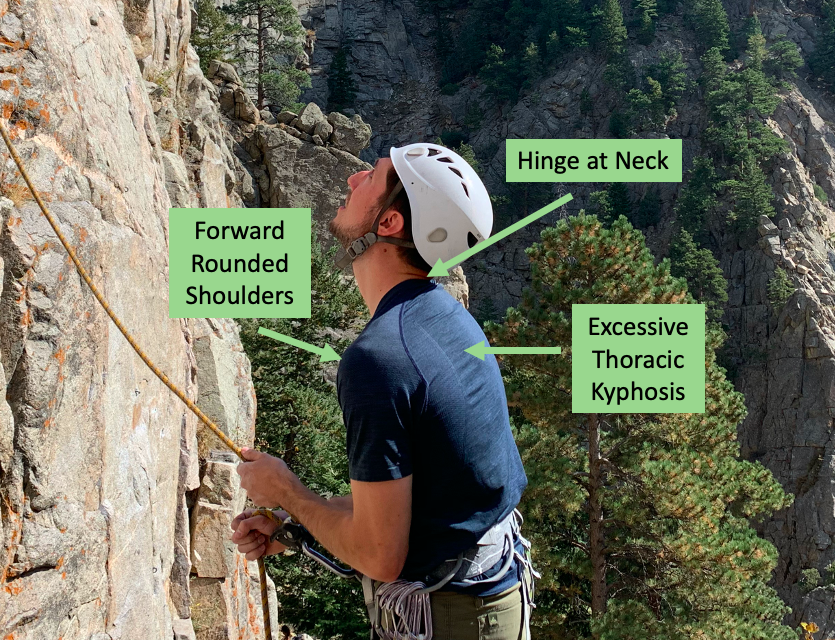Why Young Gymnasts Get Low Back Pain – And What Helps
By: Hope Whitman, PT, DPT, OCS Low back pain is surprisingly common in teen gymnasts. A recent study looked at what’s happening in their core muscles—and the results point to a few clear patterns. (Deodato et al., 2024). Young gymnasts with ongoing low back pain tended to have: ● Core muscle imbalance — Their abdominals...


